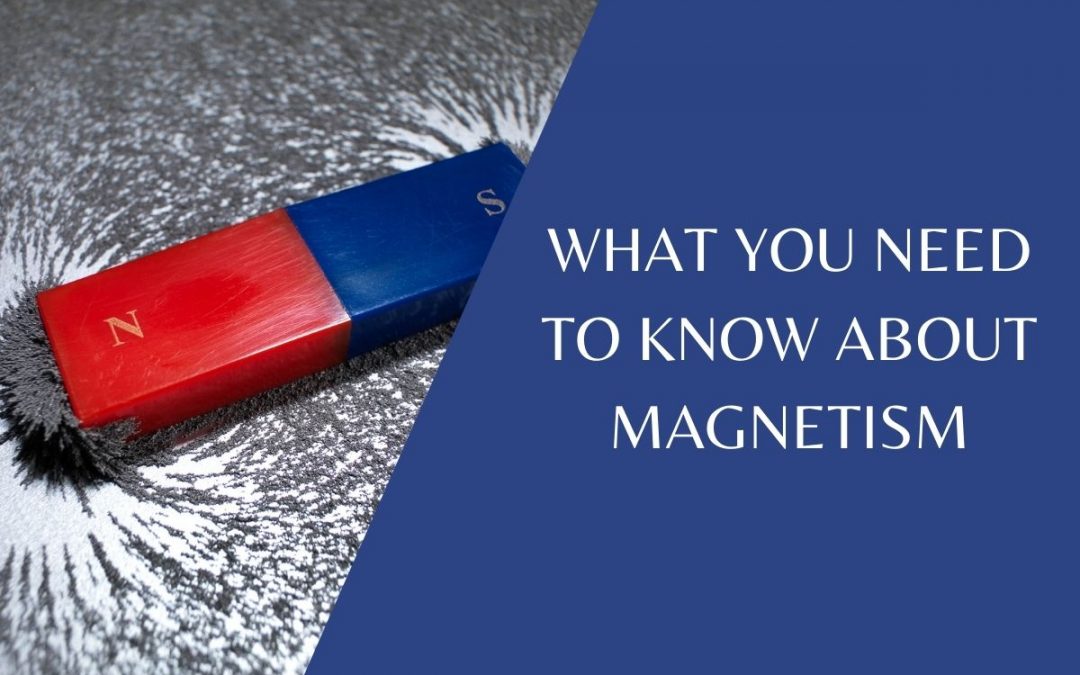Does Magnetism baffle you?
Are you confused when it comes to drawing the magnetic field around a magnet?
Was it a topic you just didn’t get the hang of the first time around, or do you just need a little refresh on where to start for revision?
What are the key points I need to learn about Magnetism?
Magnetism is a topic that when covered in school can be fun and full of practicals. However, to make sure you understand Magnets and all things related you need to have an understanding of the basics of what a magnet does, which materials are magnetic and how you can make a magnet, drawing a magnetic field and the poles of a magnet.
What is Magnetism?
Magnetism is a force and a magnet is able to attract materials, these are Iron, Cobalt, Nickel and Steel (remember that steel is an alloy of iron which is why it is magnetic). Quite often you get the chance to test if materials are magnetic by using a simple bar magnet to see if the materials are attracted to the magnet or not.
Do opposites attract?
Every magnet has poles, these are North and South poles. Opposite poles attract one another and poles that are the same repel one another. When you bring magnets together you can feel and see this force and you can even make them move across a table without touching them. The diagrams below show what we mean by this, and remember you may be asked to draw and label this!

Same poles repelling one another

Opposite poles attracting one another
What are magnetic field lines and how can I see them?
Magnetic field lines surround a magnet and are important as they show the area where the magnetic force will be able to act upon another magnetic material. You cannot see the magnetic field lines but you can tell they are there by the force of pull when you bring a magnetic material towards the magnet. The magnetic field lines flow from the North pole of the magnet to the South pole, and you will need to be able to draw these and add arrows to show this.
We can show that magnetic field lines are there with two simple experiments, one using paper and iron filings and the other using plotting compasses to plot the direction of the field lines. You need to make sure you know how to do both of these experiments.
Is the Earth really a magnet?
Planet Earth has a north and south pole and this is why a compass lines up with the Earth’s magnetic field when you use it. The Earth behaves like a giant magnet because the core contains a lot of molten Iron. This is why you are able to use a compass to navigate to ensure you are heading in the right direction.
Types of Magnets
You need to know about bar and electromagnets. Bar magnets are permanent magnets and electromagnets can be turned on and off. Electromagnets can be much stronger and are extremely useful as they can be controlled and turned on and off. An experiment that will appear more than once when learning about Magnets is ‘How can you make a magnet stronger?’. This is done using an iron nail, thin wire and an electricity supply. You coil the wire around the nail and connect to the power supply. When the current flows around the iron nail it becomes magnetised. You can test this by bringing the magnet towards paperclips, the more paperclips the magnet picks the stronger it is. It is important you know how to investigate and change the strength of an electromagnet.
Our blog highlights the key areas you need to be confident in when learning about Magnetism so make sure you understand these points and can answer questions on them. Test yourself on:
- magnetic materials
- how to show a magnetic field
- which poles of a magnet attract and repel
- how to make an electromagnet
Along with Magnetism, our KS3 resources cover all the other essential topics you need to cover in years 7, 8 and 9. Building strong foundations at this stage will provide the head start required for GCSE Physics or Science. Why not check out our YouTube channel and see how it can help improve your exam results.
KEEP UP TO DATE - DON'T MISS OUT!
Our regular newsletters are filled with helpful and interesting information to help you with your Science at school


